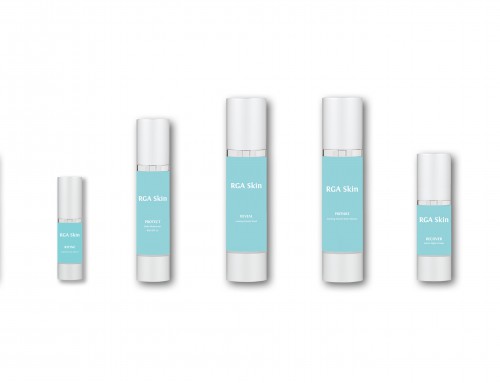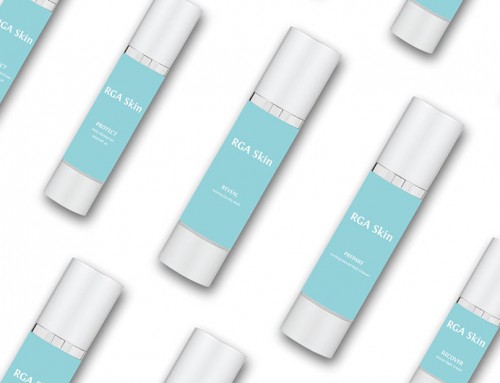PLASMA PATIENT INFORMATION
About Plasma Treatment
Plasma is a medical procedure which involves the application of plasma to sublimate skin without transferring heat to the surrounding tissue. Sublimation is the process of turning a substance from a solid straight into a gas. There is no electric current flowing
During the procedure, the plasma causes some heating of the skin and this may cause some pain or a burning sensation. Local anaesthetic cream or an injection may be used to minimise any discomfort.
Following treatment the are may be tender or there may be some residual burning or tingling sensation that could last a few hours. Tiny dark brown or black spots may appear where individual shots have been fired or a larger burn-like appearance may be seen where plasma has been sprayed.
The tiny spots will flake off over a few days (up to 2 weeks) and a burn will heal over a similar time period. Swelling is common and can be quite pronounced around the eyes, often worse the following morning and lasting for several days. At its worst, swelling can cause some interference with vision. Sometimes more than one treatment is required and a non-surgical blepharoplasty often needs 3 treatments at 6 weekly intervals to obtain surgical results
During the healing period a scab may appear over the treatment area or it become a little sloughy, it is important to allow any spots or scabs to fall off naturally otherwise scarring or infection may occur. It is important to keep the treated area clean, dry and protected using a broad spectrum sunscreen. Avoid exposing the area to extremes of heat or cold until it has fully healed. Mineral make-up may be applied.
If the area becomes hot, red and tender or if there is any puss present, it is important to contact the clinic for further advice as this may indicate infection.
Plasma is considered a low risk procedure, however following treatment , there may be some pigment change seen at the treated area. The area may become lighter (hypopigmentation) or darker (hyperpigmentation) than the surrounding skin. The treatment may result in a scar.
As hair follicles are easily damaged by plasma it is not unusual for there to be an area of alopecia in the area that has been treated.
The results following plasma treatment often last years or may be permanent.



